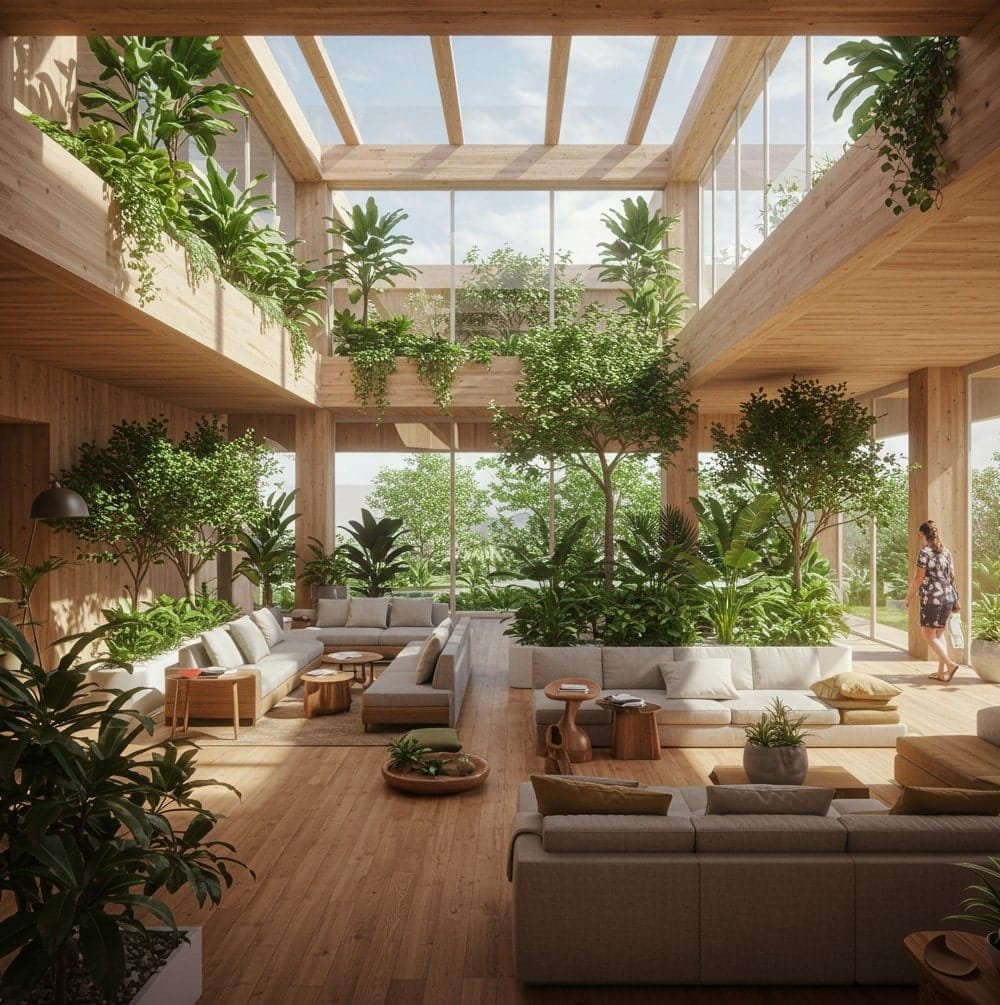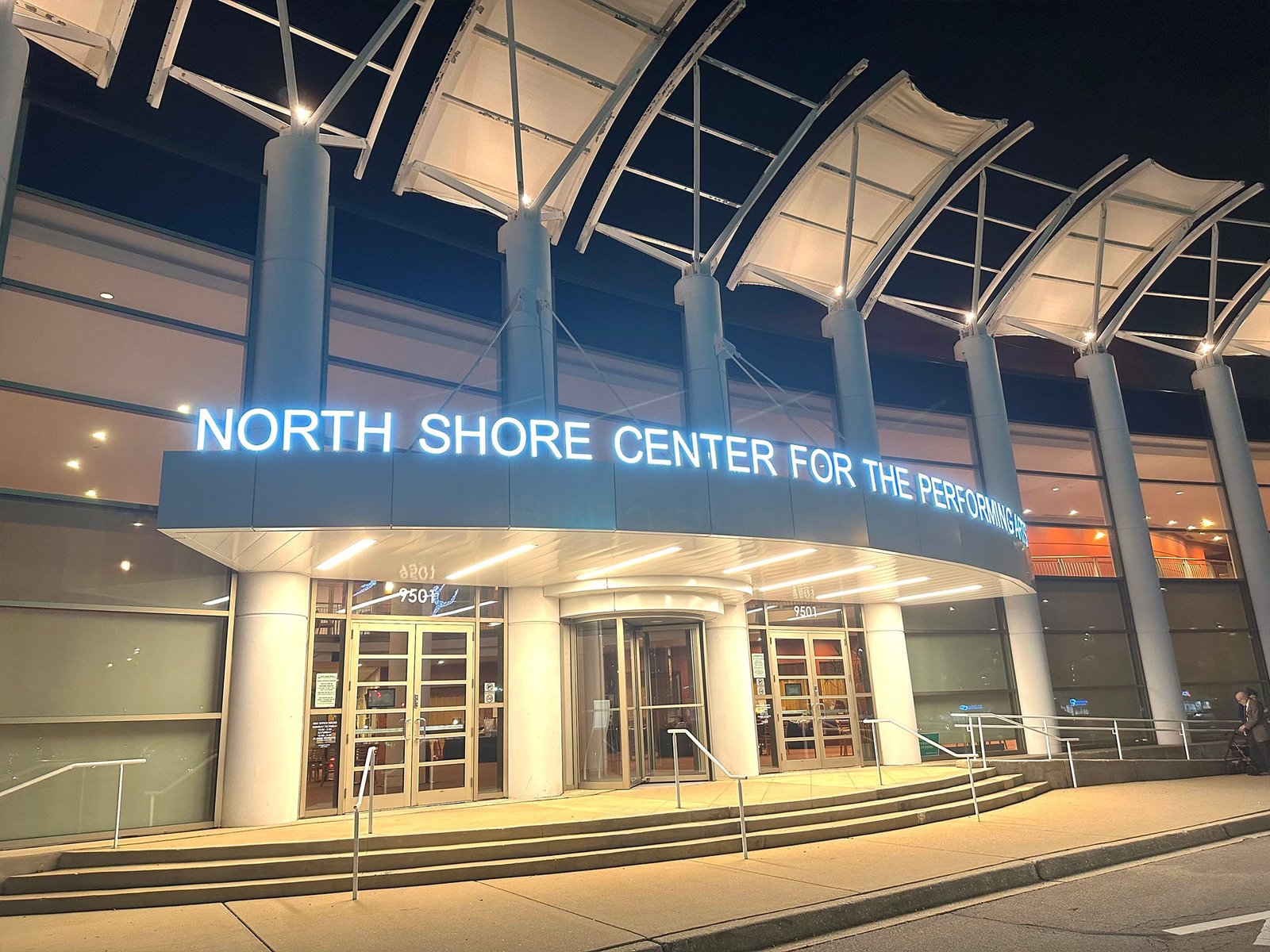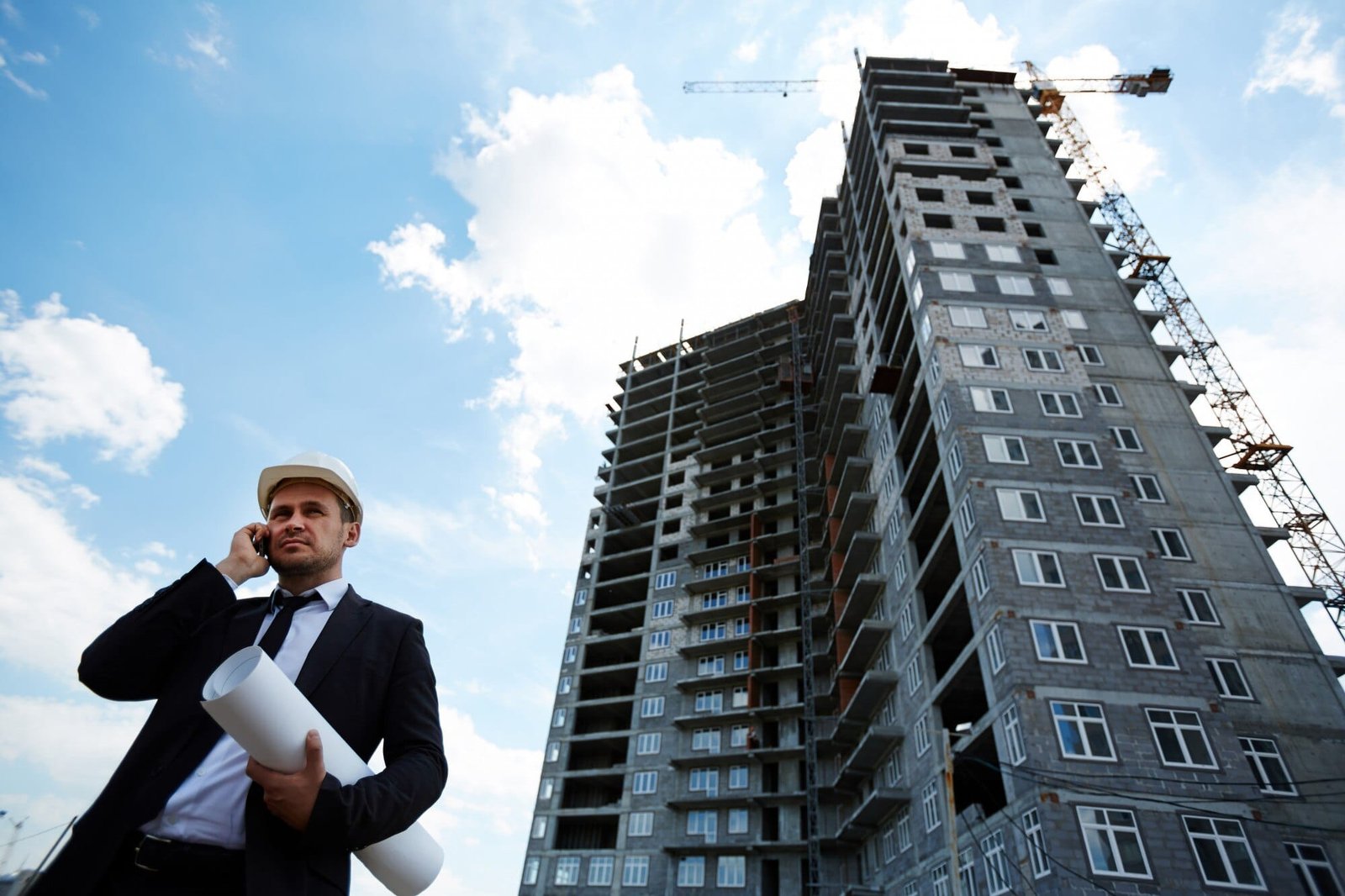In our increasingly urbanized and technologically driven world, a fundamental human need often goes unmet: our innate connection to nature. We spend the vast majority of our lives indoors – estimates often hover around 90% – separated from the natural elements that have shaped our evolution for millennia. This disconnection can contribute to stress, reduced productivity, and a general decline in well-being. Enter Biophilic Design, a powerful and increasingly vital approach to architecture, interior design, and urban planning that seeks to bridge this gap by intentionally integrating nature into the spaces where we live, work, and learn.
But biophilic design is more than just adding a few potted plants to an office corner. It’s a philosophy rooted in the concept of “biophilia,” popularized by biologist Edward O. Wilson, which describes the inherent human tendency to seek connections with nature and other forms of life. It’s about creating environments that actively cater to this deep-seated need, fostering health, happiness, and healing.

Biophilic Design
What Exactly is Biophilic Design?
At its core, biophilic design incorporates natural elements, materials, patterns, and spatial conditions into the built environment. It aims to create positive physiological and psychological responses by mimicking the experiences of being in nature. This integration can manifest in numerous ways, moving beyond simple aesthetics to create truly restorative and engaging spaces.
It’s important to differentiate biophilic design from simply “green design” or sustainable design, although they often overlap. While sustainable design focuses primarily on reducing environmental impact (energy efficiency, resource conservation), biophilic design focuses specifically on enhancing human health and well-being through the human-nature connection. Ideally, the best designs achieve both.
The Science-Backed Benefits: Why Prioritize Biophilic Design?

The positive impacts of incorporating nature into our surroundings are not merely anecdotal; they are increasingly supported by scientific research across various fields. Implementing biophilic principles yields tangible benefits:
- Enhanced Mental Well-being: Exposure to natural elements, even indirectly, has been shown to significantly reduce stress levels (lowering cortisol), decrease anxiety and depression, and improve overall mood. Views of nature, indoor plants, and natural light all contribute to a calmer, more positive mental state.
- Increased Productivity and Focus: Studies in workplaces have demonstrated that incorporating biophilic elements can boost concentration, enhance cognitive function, and increase productivity rates. Natural light, improved air quality from plants, and reduced stress all play a role in creating environments where people can perform at their best.
- Improved Physical Health: Biophilic design has profound implications for physical health. Access to natural light helps regulate circadian rhythms, improving sleep patterns. Indoor plants can improve air quality by filtering pollutants. In healthcare settings, studies have shown that patients with views of nature often experience faster recovery times, require less pain medication, and report lower levels of stress.
- Boosted Creativity and Innovation: Nature is a powerful source of inspiration. Environments that incorporate natural shapes, patterns, and processes can stimulate creativity and foster innovative thinking. Spaces that feel less sterile and more dynamic encourage mental exploration.
- Stronger Connection to Place and Community: Biophilic spaces often feel more welcoming, comfortable, and meaningful. This can foster a stronger sense of belonging and encourage positive social interaction, whether in a residential building, office, or public space.
Key Principles and Elements of Biophilic Design Implementation
Successfully implementing biophilic design involves understanding its core patterns and elements, often categorized into three main areas:
1. Direct Connection with Nature
This involves bringing actual, living nature into a space.
- Plants: Incorporating potted plants, green walls (living walls), integrated planters, and courtyards.
- Water: Features like fountains, ponds, or simulated streams that provide soothing sounds and visual interest.
- Natural Light: Maximizing daylight through large windows, skylights, light shelves, and atrium spaces. Prioritizing dynamic and diffused light that changes throughout the day.
- Airflow: Ensuring good natural ventilation and variations in air temperature and humidity that mimic natural conditions.
- Animals (Context-Dependent): Aquariums, aviaries, or even office pets where appropriate.
- Views of Nature: Strategically orienting buildings and designing windows to provide occupants with views of natural landscapes, trees, water, or gardens.

2. Indirect Connection with Nature (Natural Analogues)
This involves mimicking or evoking nature through abstraction and representation.
- Natural Materials: Using materials like wood (especially with visible grain), stone, bamboo, cork, rattan, and natural fibres in furniture, finishes, and structural elements.
- Natural Colours: Employing colour palettes found in nature – earth tones, greens, blues – that evoke natural landscapes.
- Natural Shapes and Forms: Incorporating organic shapes, patterns, and textures that mimic those found in nature (e.g., honeycomb patterns, leaf motifs, biomimicry in structural design, curved edges over sharp angles).
- Images of Nature: Using high-quality photographs, paintings, or murals depicting natural scenes.
- Simulating Natural Light and Air: Using lighting systems that mimic the changing intensity and colour temperature of daylight (circadian lighting) or creating varied airflow patterns.

3. Human Spatial Response
This focuses on recreating spatial configurations found in nature that resonate with human evolutionary preferences.
- Prospect and Refuge: Creating spaces that offer both open vistas (prospect) and areas of enclosure or protection (refuge). Think of an open-plan office with quiet, enclosed pods, or a seating area overlooking a large atrium.
- Complexity and Order: Designing environments that offer rich sensory information and intricate details but within a coherent, understandable framework, similar to the organised complexity found in natural ecosystems.
- Mystery: Designing spaces that partially obscure views, creating a sense of intrigue and encouraging exploration to see what lies beyond – a winding path, a partially hidden garden.
- Risk/Peril (Controlled): Incorporating safe experiences that provide a thrill or sense of perceived risk, such as balconies with expansive views or bridges over voids.
Implementing Biophilic Design Across Different Sectors
The principles of biophilic design are versatile and can be adapted to virtually any built environment:
- Workplaces: Focus on reducing stress and boosting focus through natural light, plants, views, natural materials, and providing areas for both collaboration (prospect) and focused work (refuge).
- Homes: Create restorative sanctuaries using natural materials, colours, ample daylight, connections to gardens or balconies, and spaces that promote relaxation.
- Healthcare: Accelerate healing and reduce patient/staff stress with views of nature, healing gardens, natural light, calming colours, and materials.
- Education: Enhance student concentration and reduce anxiety in classrooms and libraries with natural light, plants, outdoor learning spaces, and natural materials.
- Hospitality: Improve guest experience and well-being in hotels and restaurants through impressive natural features (lobbies with green walls), calming room designs, views, and natural textures.
- Retail: Create more inviting and engaging shopping experiences that encourage customers to linger longer.
Even small interventions can make a difference. Adding well-maintained plants, improving access to natural light, incorporating wood elements, or displaying nature-themed art are accessible starting points.

The Future is Inherently Biophilic
As awareness of mental health, well-being, and the need for sustainable living grows, biophilic design is moving from a niche trend to a fundamental aspect of thoughtful, human-centred design. It represents a paradigm shift towards creating buildings and cities that not only minimize harm to the planet but actively support human health and flourishing.
Read: Your Ultimate Guide to Finding the Best Commercial Contractor in Chicago
By consciously weaving the threads of nature back into the fabric of our built world, we can create spaces that are not just functional, but truly restorative, inspiring, and reflective of our deepest biological needs. Embracing biophilic design is an investment in human potential and a vital step towards a healthier, happier future.
If you would like to explore this topic even further with real-world examples, academic insights, and regional analysis, we invite you to read our full research paper:
“Biophilic Design in Illinois and Indiana: Principles, Applications, and Regional Insights.”
👉 Click here to access the full study (PDF)



